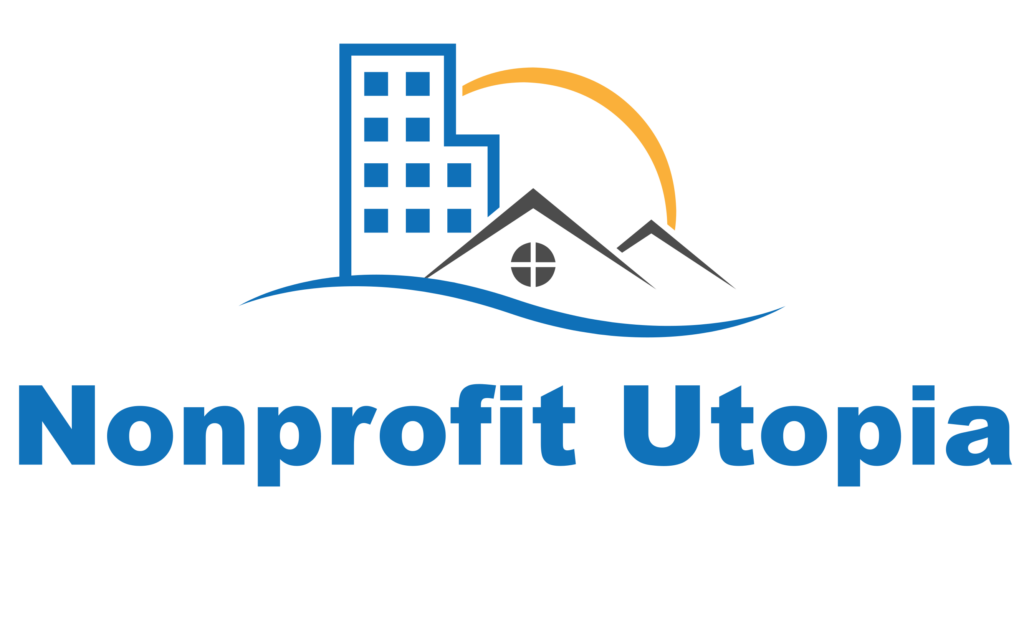Your cart is currently empty!

13 Common Reasons the IRS Says “No” to Applications For Tax-Exempt Status
•
There are a number of reasons organizations are not successful in receiving tax exempt status on the first try. I am sharing 13 reasons, based on the IRS’ recommendations for shortening the review process and my personal experience.
1. Using common language to describe your organization’s purpose. In the State of Illinois, there are 33 allowable purposes for which a not-for-profit organization may be formed. You must choose one of the 33 purposes on your articles of incorporation. It is conceivable that you can have a stated purpose in your articles of incorporation that passes muster with the state but not with the IRS. It is important that you describe your purpose that is acceptable to the IRS:
Said corporation is organized exclusively for charitable, religious, educational, and scientific purposes, including, for such purposes, the making of distributions to organizations that qualify as exempt organizations under section 501(c)(3) of the Internal Revenue Code, or the corresponding section of any future federal tax code.[i]
If the purpose is not described in a manner that conforms to the IRS language, your application will be returned, and you will need to amend your articles of incorporation.
2. Failure to include language in the articles of incorporation that indicates that no insider, including board members, officers, or any other individual, will benefit financially from the organization.
No part of the net earnings of the corporation shall inure to the benefit of, or be distributable to its members, trustees, officers, or other private persons, except that the corporation shall be authorized and empowered to pay reasonable compensation for services rendered and to make payments and distributions in furtherance of the purposes set forth in Article Third hereof. No substantial part of the activities of the corporation shall be the carrying on of propaganda, or otherwise attempting to influence legislation, and the corporation shall not participate in, or intervene in (including the publishing or distribution of statements) any political campaign on behalf of or in opposition to any candidate for public office. Notwithstanding any other provision of these articles, the corporation shall not carry on any other activities not permitted to be carried on (a) by a corporation exempt from federal income tax under section 501(c)(3) of the Internal Revenue Code, or the corresponding section of any future federal tax code, or (b) by a corporation, contributions to which are deductible under section 170(c)(2) of the Internal Revenue Code, or the corresponding section of any future federal tax code.[ii]
If this language is omitted, your application will be returned, and you will need to amend your articles of incorporation.
3. Failure to include language in the articles of incorporation that indicates that, upon dissolution of the corporation, the assets will be used for a tax exempt purpose.
Upon the dissolution of the corporation, assets shall be distributed for one or more exempt purposes within the meaning of section 501(c)(3) of the Internal Revenue Code, or the corresponding section of any future federal tax code, or shall be distributed to the federal government, or to a state or local government, for a public purpose. Any such assets not so disposed of shall be disposed of by a Court of Competent Jurisdiction of the county in which the principal office of the corporation is then located, exclusively for such purposes or to such organization or organizations, as said Court shall determine, which are organized and operated exclusively for such purposes.[iii]
If you leave this language out, your application will be returned, and you will need to amend your articles of incorporation.
4. Sometimes organizations can include all the right language in their articles of incorporation and still have their applications for tax exemption be rejected because the board structure and relationships among board members provide opportunities for private inurement. For example,
Tax exemption was denied to a college that had five family members as all of its trustees and three of them as its shareholders, because of private inurement in the form of “constant commingling of the funds of the shareholders and the [c]ollege.” A court found that the college was “operated as a business producing, or ultimately producing, substantial revenues for its operators … the net earnings, or substantial portions, were to be, and were in fact, distributed to these shareholders for their own personal benefit.”[iv]
5. Failure to include a certified copy of your organization’s adopted bylaws (the boiler plate of which is for nonprofit organization). It is helpful to include language that describes the organization’s tax exempt purpose; precludes insiders from benefitting financially, and describing what happens to the assets upon dissolution of the corporation. This should be consistent with the language included in the articles of incorporation.
Some organizations err in providing by-laws that are structured for a for-profit business, as opposed to a nonprofit. For-profit businesses exist for the benefit of owners, partners and/or shareholders. Typically stock is issued and profits are distributed in a manner prescribed by the bylaws. On the other hand, nonprofits are owned by the public; there is no distribution of profits, and no insider, including, board member, officer or private individual should benefit financially from the organization.
6. The description of the organization’s activities does not provide enough information, or reveals or gives the impression, that the organization does not exist for a tax exempt purpose. The IRS recommends that applicants provide enough information about the organization’s activities to show how it will achieve the exempt purpose. Without re-stating the purpose, applicants should explain the specific activities that will achieve that purpose. A recommended approach is to make sure the description includes “who, what, when, where, why and how” the activities are performed, and to what end (keeping in mind the tax exempt purpose).
I recommend that the timeframe for the activities be over the next three years, since the application for tax exemption covers a three-year period. These activities should be reflected in the financial information. If you haven’t started activity yet, provide a clear description of how your organization will operate in the interim. If you are not sure that your organization will be able to implement the activity within the next three years, it is best not to include it in the description.
7. Failure to provide the required information on the principal officers and board of directors, including names, mailing addresses, titles and positions and annual compensation.
8. Failure to have a director, trustee, principal officer or other authorized individual sign the application for exemption. It is best to have the President, Vice President, Secretary or Treasurer sign, and include his/her title. A taxpayer’s representative may not sign the application. An original signature is required. No stamps, facsimiles, or faxed signatures will be accepted.
9. Failure to provide complete financial data. You should check instructions to Form 1023 (application for tax exemption) to determine how much information you need to provide, based on how long your organization has existed. You should check all line items on financial statements for accuracy. Make sure totals are correct, and the data are consistent with any financial data provided elsewhere in the application.
10. Failure to include the month the organization’s fiscal year ends. The fiscal year ending date on the application should match the date stated in your by-laws, on financial statements, and on any prior returns filed.
11. Failure to attach required schedules as applicable. (For example, schools and hospitals are required to file schedules in addition to the application for tax exemption.) There should be consistency between the information provided in the supporting schedules and the information provided in the applications. Attach all required schedules, and make sure the information is accurate, complete and truthful. If there are any inconsistencies between the data presented in the schedules and the application, the application will be returned for further clarification and/or corrections.
12. Failure to attach a copy of the articles of incorporation (or other organizing document) and all amendments. If the applicant is a corporation, the articles of incorporation and amendments must show proof that they have been filed and approved by the state. If the applicant is not a corporation, the group should include a similar organizing document such as a constitution, articles of association, or by-laws. At a minimum, the articles of incorporation should state the legal name, the (tax exempt) purposes of the organization and the date of adoption. At least two members of the organization should sign the document. A trust document must be signed by the trustees and show the date of formation. For section 501(c)(3) applicants, the organizing document must comply with the organizational test for exemption outlined in reasons 1–3 above.
13. Failure to include the correct user fee. Make sure that the application includes a check or money order made payable to the United States Treasury for the appropriate user fee. The fee is based on the organization’s budget, and changes from time to time. Check the most recent instructions for Form 1023 to get the appropriate amount.
About the Author
Valerie F. Leonard is the founder of Nonprofit Utopia, the ideal community for emerging nonprofit leaders. She is an expert in community and organizational development, with a mission to strengthen the capacity of organizations to make a positive impact on the communities they serve through technical assistance, specialized workshops, resource and organizational development and project management. For further information, visit https://nonprofitutopia.mn.com, or www.valeriefleonard.com.
[i] http://www.irs.gov/Charities-&-Non-Profits/Charitable-Organizations/Life-Cycle-of-a-Public-Charity-Sample-Organizing-Documents-Draft-A-Charter
[ii] Ibid.
[iii] Ibid
[iv] A Guide to Federal Tax Issues for Colleges and Universities http://www.federaltaxissues.com/0300_private/0310_private_principles.php
About the Author

Valerie F. Leonard is the founder of Nonprofit Utopia, LLC, the ideal community for leaders who want to start, manage and scale nonprofits. She has more than 20 years’ experience starting, managing and growing nonprofits as a financial analyst for a major hospital medical system, a founding executive director of a neighborhood grant making organization and consultant. Read more here.
•



